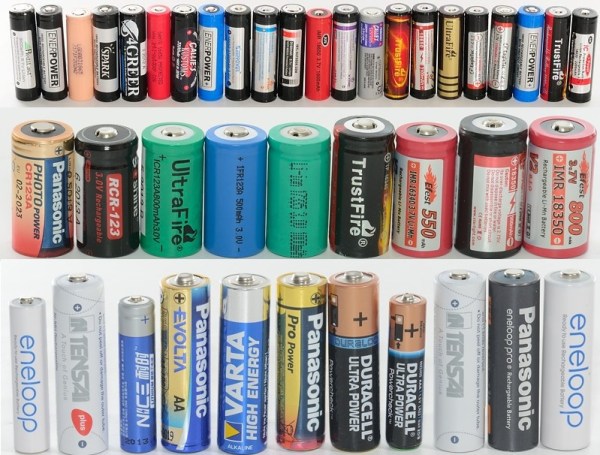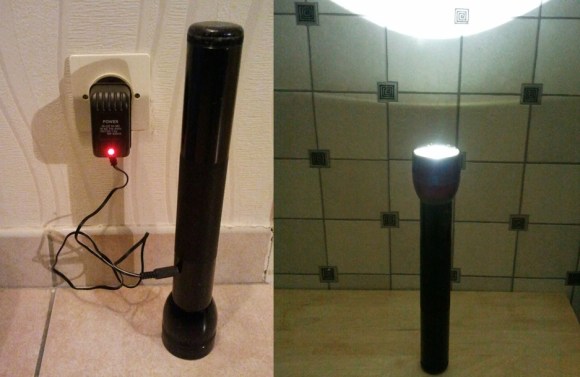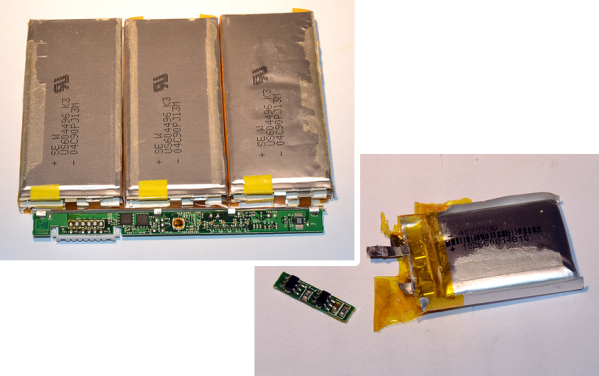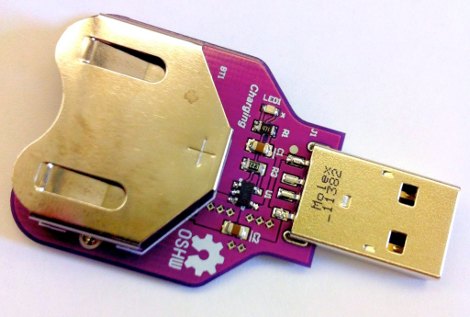[K.C. Lee]’s entry for the Hackaday Prize won’t cure cancer, wipe a disease from the planet, stop an alien invasion, or save the world. His battery charger and analyzer is, however, a useful little device for determining the charge and discharge characteristics of batteries, and can also be used as dual channel electronic load, current source, or power supply.
Inside [K.C.]’s device are all the tools required for charging and discharging lithium-ion, lead acid, and NiMH batteries. He’s doing this with a few slightly unusual circuits, including a SEPIC DC to DC converter, and an ‘analog’ PWM controller. these two techniques together mean [K.C.] can get away with smaller caps and inductors in his design, which also means less ripple on the output. As far as battery chargers and dischargers go, this one is very well designed.
Control of battery discharging and charging happens through a SILabs 8051-based microcontroller with USB. The UI is a simple Nokia LCD and an app running in Windows. If you want to save the world, this isn’t the project for you. If you need to test a few rechargeable batteries, this is a great device to have on the workbench.






















